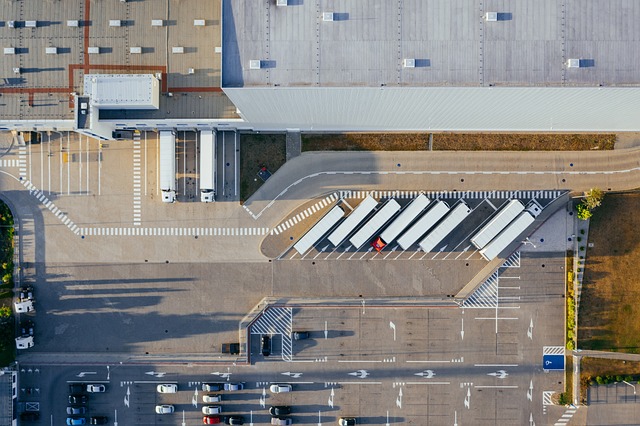Optimizing Load Distribution for Versatile Passenger Transport
Effective load distribution helps estate vehicles and similar passenger-focused designs carry people and cargo safely and efficiently. This overview explains practical steps for balancing payload, arranging boot storage, and maintaining towing readiness while preserving comfort and safety for family trips.

Modern passenger-focused vehicles demand thoughtful approaches to load distribution to preserve handling, safety, and versatility. Whether using an estate-style layout or a more compact wagon, small adjustments to how cargo and passengers are arranged can reduce wear, improve fuel efficiency, and make towing or parking simpler. This article outlines practical techniques for staging gear in the boot, managing payload limits, planning for family travel, and keeping maintenance and safety priorities clear.
Estate layout and passenger balance
Estate designs often prioritize extended cargo areas and flexible seating, but their handling depends heavily on how weight is distributed. Keep heavy items low and close to the vehicle’s centerline — ideally over the rear axle — to avoid excessive rearward bias that can induce understeer or affect braking. For long journeys with multiple passengers, distribute mass across seating rows to maintain lateral balance. Use onboard tie-downs or nets to prevent items from shifting during turns; unstable cargo can change center of gravity quickly and create hazards.
Cargo placement and weight distribution
Cargo should be stowed with attention to both vertical and longitudinal placement. Heavy boxes and equipment belong in the lowest possible position in the boot and as far forward as practical to reduce load on the rear suspension. Bulky but light items can sit higher, but secure them to prevent movement. When loading a full cargo complement, check the vehicle’s payload rating and adjust passenger counts or gear accordingly. Consider modular storage solutions that keep frequently used items accessible while maintaining balanced distribution.
Family trips: seating, storage, and comfort
Family use blends passenger comfort with storage needs. To preserve ride quality, avoid overloading the boot with heavy items when rear seats are occupied; shift some gear to roof boxes only if within the vehicle’s roof load limits. Store essentials like first-aid kits and child supplies within easy reach to prevent disruptive searching mid-journey. Regularly monitor tire pressure and suspension condition before long trips, since added payload affects ride height and braking distance. Thoughtful packing maintains both comfort and predictable handling for everyone on board.
Towing and payload considerations
Towing requires extra attention to tongue weight and overall payload. Ensure the combined mass of trailer and cargo remains within the vehicle’s towing capacity and that tongue weight falls within recommended percentages of the trailer’s gross weight to avoid sway. When attaching a trailer, redistribute vehicle cargo forward to counteract rearward pull. Consult the owner’s manual for maximum payload and towing ratings, and account for passengers and any roof-mounted loads when calculating safe limits.
Efficiency, maintenance, and long-term impacts
Consistent overloading or uneven load distribution accelerates component wear and can reduce fuel efficiency. Heavier loads increase rolling resistance and strain brakes, suspension, and drivetrain components. Establish a maintenance routine that reflects usage: inspect brakes, wheel bearings, and suspension more frequently if you routinely carry heavy cargo or tow. Keep tire pressures adjusted for load to preserve fuel economy and even tire wear. Simple habits—stowing heavy items on the floor of the boot, avoiding unnecessary roof loads, and removing unneeded gear—help maintain efficiency over the vehicle’s lifetime.
Safety and parking implications
Balanced loading improves braking response and steering predictability, both critical in emergency maneuvers and when parking in tight spaces. An overloaded rear can raise the nose and reduce steering feel, complicating precise parking maneuvers. Use parking aids such as sensors or cameras to offset limited rear visibility when the boot is full. When parallel parking or reversing on inclines, be mindful that uneven weight can affect wheel slip and hill-hold performance. Always verify that lights and mirrors remain unobstructed by cargo for legal compliance and safety.
Conclusion
Optimizing load distribution in passenger-focused vehicles combines practical packing techniques with respect for payload and towing limits. Prioritize low, centered placement of heavy items, secure cargo to prevent shifting, and adapt storage strategies for family comfort and accessibility. Regular maintenance that reflects usage patterns will protect vehicle components, while mindful loading improves safety, efficiency, and maneuverability when parking or towing.






